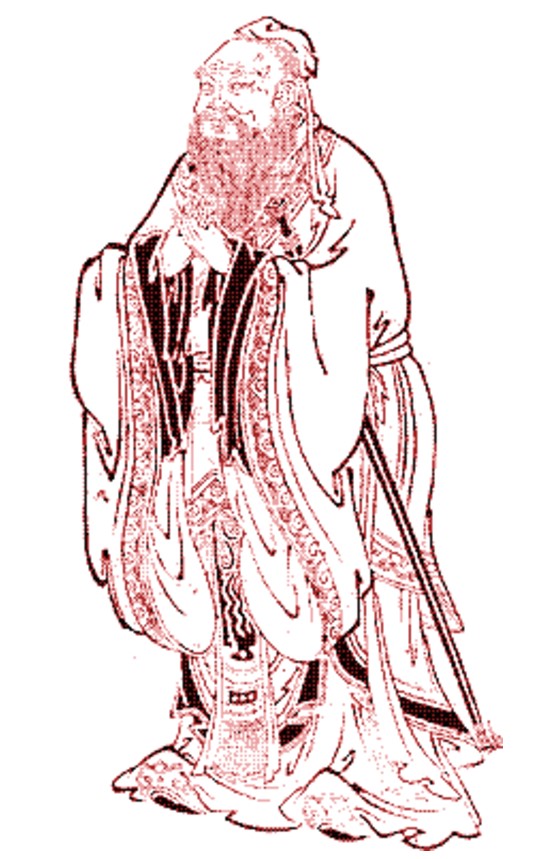Studies in Ancient China
From Confucius to Confucianism:
State Transition in Ancient China
E Bruce Brooks and A Taeko Brooks
Confucius is a well-known figure, and so is his movement, the Ru or Confucian school. But how exactly did the ideas of the founder make their way to acceptance under the Empire, and how recognizable were they at the end of that story? The Analects reflects many changes of doctrine along the way. What of the original impulse still survived? In this book, we show how the seeming digressions of thought and emphasis during the Warring States period actually strengthened the school to survive the brief but hostile Chin Dynasty, without obscuring the first impulse which had created it in the first place, and to make it attractive in more than one way to the early Hàn rulers and to Hàn Wû-dì, a century later.
The course of that evolution is followed past the political failure of the Analects school at the end of the 04th century to the successor school of Mencius and then to that of Sywndz in the 03rd century, its seeming eclipse under Chin, its re-emergence in early Hàn, and its gradual acceptance by the Hàn rulers, laying the foundation for thousands of years of responsible government in China.
It turns out that this final idea, Confucianism as it was adopted in Han, was still recognizably the First Confucius of Spring and Autumn times, who had translated into civilian terms the code of the warrior: absolute loyalty, and the sense that what you do, what you strive all your life to become adequate to doing, is not for yourself. It's for others.
Contents
- Front Matter
- Confucius, 11
- 1. Ancestry, 13
- 2. Life, 19
- 3. An Ethic of Service (LY 4), 25
- The Analects, 29
- 4. The First Disciples (LY 5-6), 31
- 5. Dzvngdz and Son (LY 7-9), 39
- 6. The Kung Transition (LY 10-11), 47
- The Chi Initiative, 55
- 7. The New Warfare, 57
- 8. The Battle of Ma-ling (LY 3, DDJ), 65
- 9. The Outside World, 73
- 10. The New Statecraft (GZ 1-3 and 7), 77
- Mencius, 85
- 11. Mencius in Lu (LY 12-13), 87
- 12. Mencius in Lyang, 95
- 13. Mencius in Chi, 99
- Sywndz, 107
- 14. The Great Ru, 109
- 15. Sywndz in Chu, 115
- 16. The Chin Interlude, 121
- The Han Empire, 127
- 17. The Epic of Chu and Han, 129
- 18. Opposition, 135
- 19. Acceptance, 141
- 20. Afterward, 145
- End Matter, 149
- Chronology, 151
- Works Cited, 153
- Romanization Table, 155
- Subject Index, 159
Contact The Editors / Exit to Editorial Page
